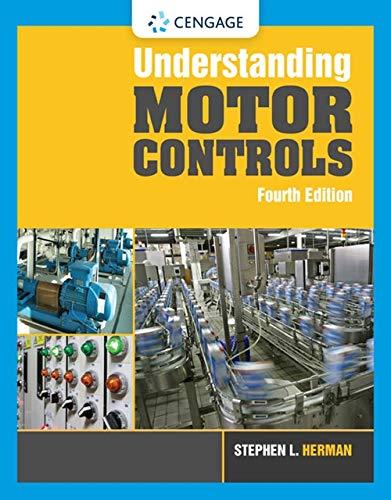
Concept explainers
The theoretical value for the saturation magnetization for gadolinium.
Answer to Problem 64AAP
The theoretical value for the saturation magnetization for gadolinium is
Explanation of Solution
Write the expression to calculate saturation magnetization for gadolinium
Here, magnetic moment is
Write the expression to calculate atomic density of the gadolinium.
Here, number of atoms per unit cell is
Write the expression to calculate volume of the unit cell for the gadolinium
Here, lattice constant of the unit cell is
Conclusion:
Since there are seven
Substitute
Substitute
The value of Bohr magneton
Substitute
Thus, the theoretical value for the saturation magnetization for gadolinium is
Want to see more full solutions like this?
Chapter 16 Solutions
Foundations of Materials Science and Engineering
- How can you know what kind of bars are made. Explain by investigating net magnetization. (Magnetism and paramagnetism)arrow_forwardEngineering science Distinguish elastic, electrical and magnetic hysteresis in different Materials.arrow_forwardExplain the following, related to physical insight to internal energy (iv) Internal energy (v) spin energy (vi) sensible energy.arrow_forward
 Understanding Motor ControlsMechanical EngineeringISBN:9781337798686Author:Stephen L. HermanPublisher:Delmar Cengage Learning
Understanding Motor ControlsMechanical EngineeringISBN:9781337798686Author:Stephen L. HermanPublisher:Delmar Cengage Learning
